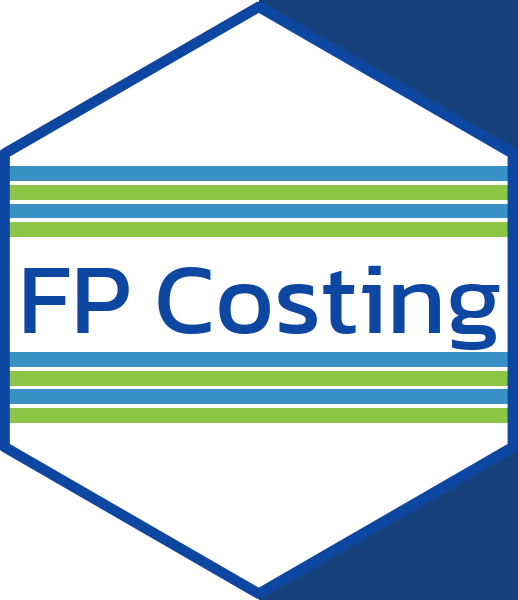
FP Costing Training:
Introduction to Activity-based Costing & Management



Policymakers and partners involved in funding and managing health care programs require current information about how costs and utilization of different types of service delivery vary. However, large primary source costing studies take a long time, and by the time the results are available many times the results are outdated. If available, timely, routinely-reported cost data can help inform decision-making processes through identifying potential efficiencies.
The Activity-Based Costing and Management (ABC/M) approach can provide detailed cost data for FP programming. It has been used successfully in other health areas, including HIV.
ABC/M and Track20FP programs have historically had limited financial data for decision making around resource allocation and prioritization efforts, as well as around program implementation. Track20 produces annual government FP expenditure estimates and began to obtain primary cost data at the facility level using the ABC/M approach.
How is ABC/M different from traditional costing?Activity-based costing is a costing method that identifies activities in an organization and tracks the actual consumption of each product and service for each activity. Compared to traditional costing, ABC/M follows the client through each step of the services received, rather than costing the activity on its own. All cost elements are included, such as personnel, commodities, overhead, support personnel, etc. Compared to traditional costing studies, which can be costly and time consuming, ABC/M can offer timely, routinely-reported cost data that can help inform decision-making processes through identifying potential efficiencies.
How does it work? The general steps involved in an ABC/M application are as follows:

Information from the process maps will drive the design of the data collection forms and determine which FP methods and platforms need to be included. Data can be collected using an Excel workbook that organizes cost and program data into distinct sections for each FP method, as well as operational costs and salary information. Two sample workbooks, one to collect KII data and one to collate data into final costs can be found in the training resources.
Data collection can be done via Key Informant Interviews (KIIs), in which data collectors can validate baseline data with key personnel providing FP services, or by direct observation at facilities. A KII Guide and example consent form are available in the training resources.
Review the resources below to get an in-depth introduction to ABC/M, then move on to the next topic, ABC/M Country Application: Process Overview, which will discuss illustrative activities that occur within each step of the ABC/M process.
NEXT